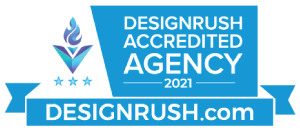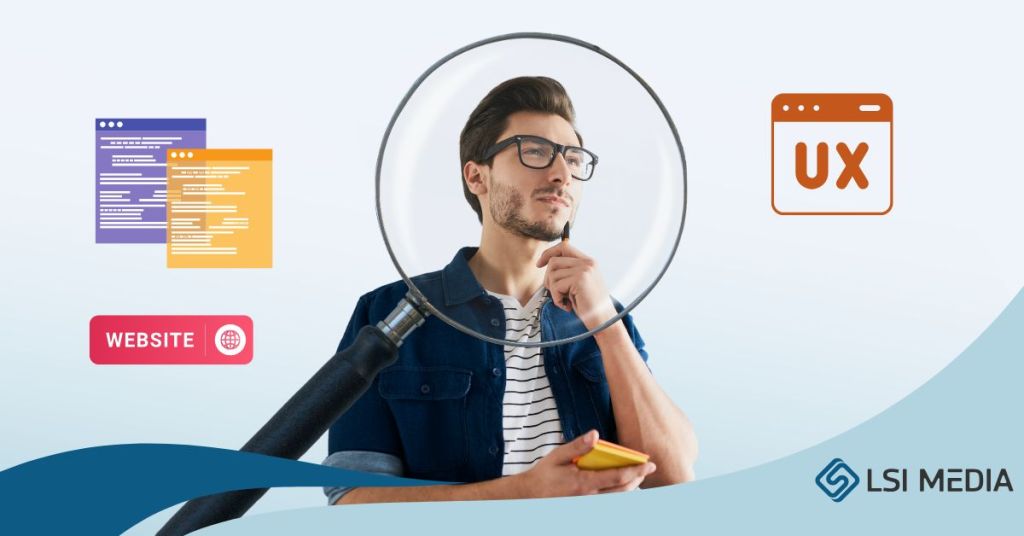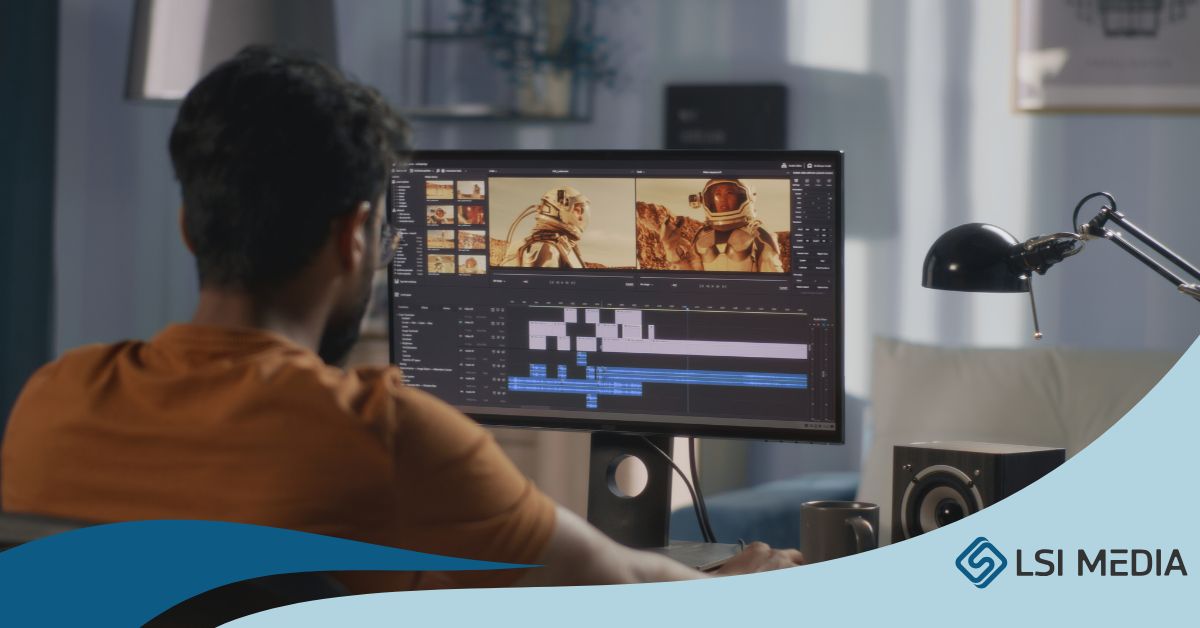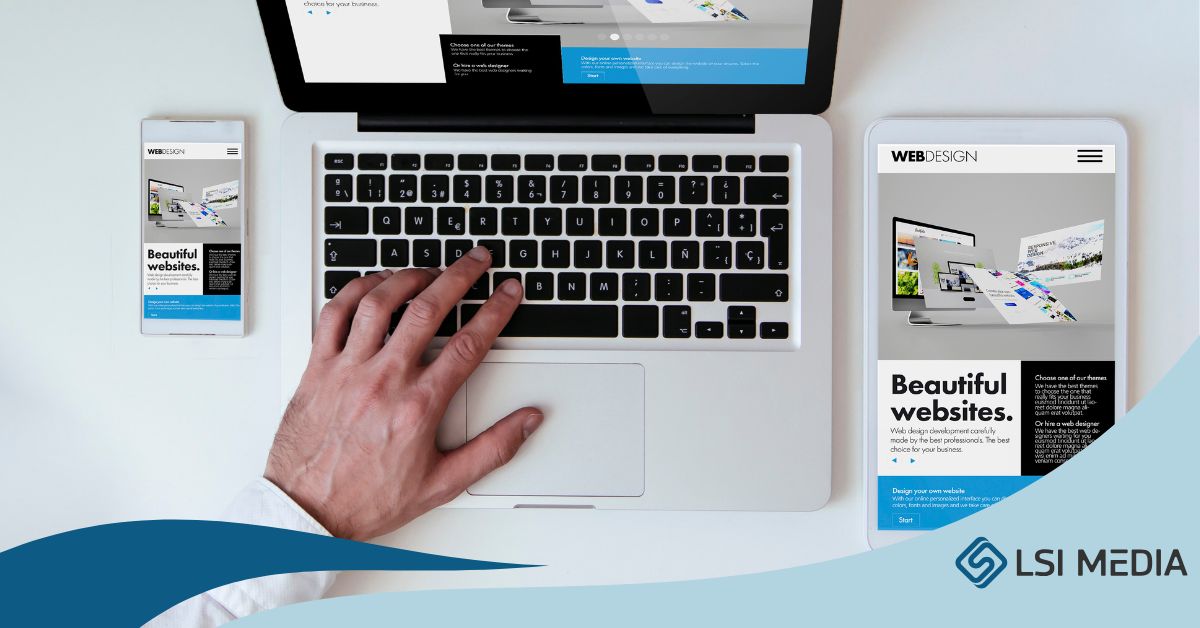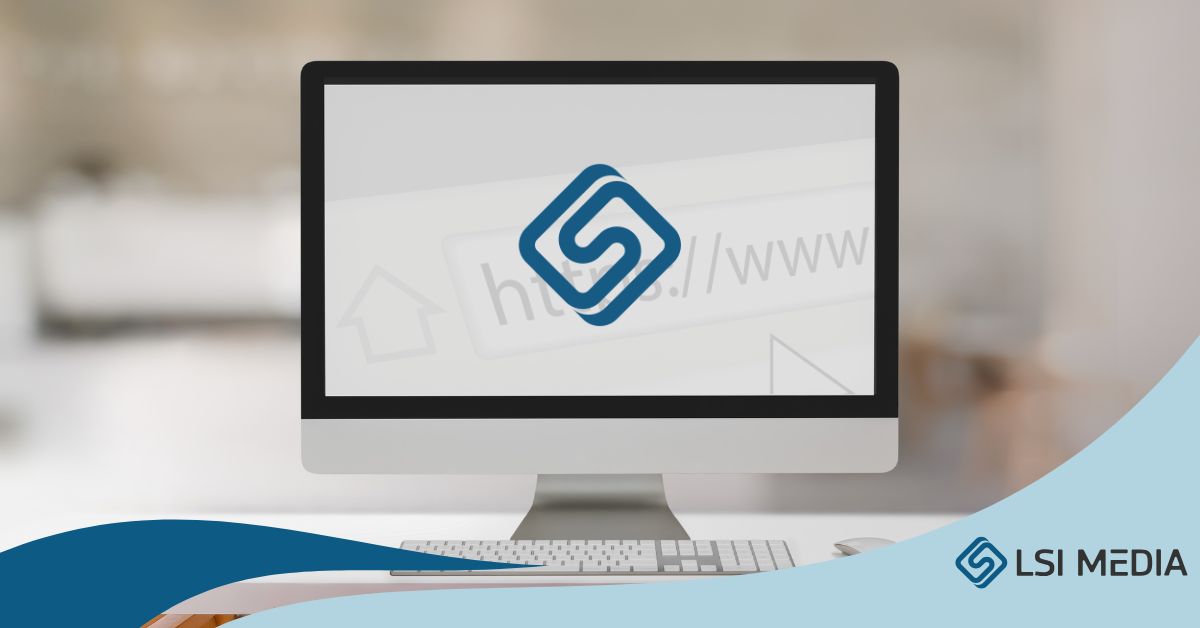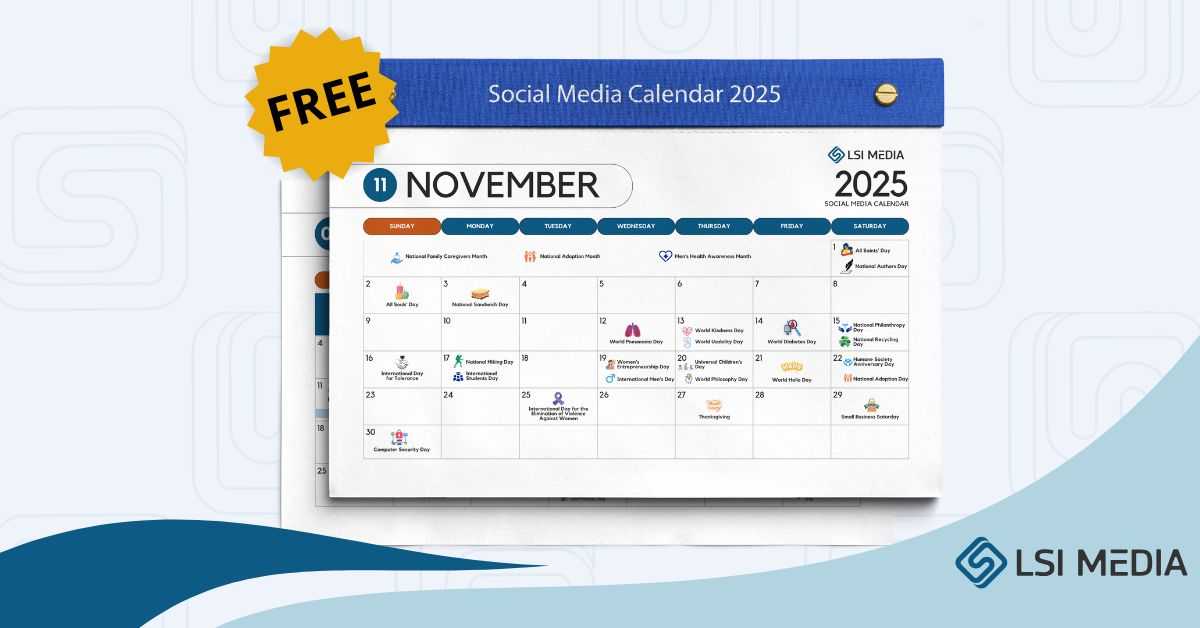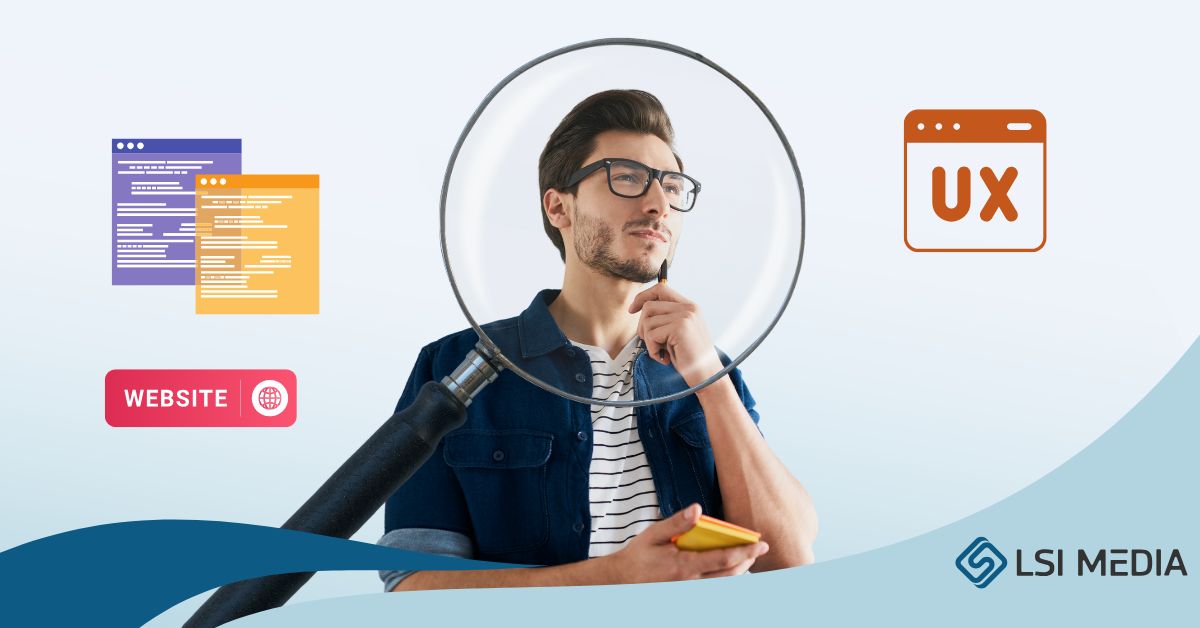Key Considerations for Hiring a Graphic Designer: Essential Factors for Your Creative Needs
In today’s competitive market, visual identity plays a powerful role in shaping how customers perceive your brand. From your logo and social media graphics to your website visuals and marketing materials, every element tells a story. This is why hiring the right graphic designer is not just a creative decision—it’s a strategic business move.
But with so many designers offering services online and offline, how do you determine who fits your creative needs best? In this guide, we’ll explore the key considerations for hiring a graphic designer and the essential factors that will help you find a professional who can bring your brand’s vision to life.
1. Define Your Design Goals and Brand Vision
Before starting your search, clearly define what you need from a graphic designer. Are you looking to design a logo, create brand guidelines, or develop marketing visuals for social media? Understanding your creative goals will help you find someone with the right expertise.
- Clarify your brand message, target audience, and aesthetic style.
- List all the design assets you need (e.g., logo, business cards, brochures, social posts).
- Set a clear budget and timeline for your project.
💡 Pro Tip: Create a short design brief that outlines your brand personality, colors, and examples of visuals you admire. It will help designers understand your expectations clearly from the start.
2. Review Their Portfolio and Previous Work
A designer’s portfolio is the best indicator of their skill level and style. Take time to browse through their past work and see if their aesthetic aligns with your brand’s identity. Pay attention to:
- Diversity: Can the designer handle different styles, or do they specialize in one area?
- Relevance: Have they worked on similar projects within your industry?
- Consistency: Is their quality consistent across projects?
SEO Tip: If you’re working with a design agency, check their case studies and client testimonials to evaluate how their designs performed in real-world campaigns.
3. Evaluate Their Design Process and Workflow
A professional graphic designer follows a clear creative process—from concept development to final delivery. Ask about their design workflow, including how they handle revisions and client feedback. A well-defined process usually includes:
- Discovery Phase: Understanding your goals and preferences.
- Concept Creation: Developing initial sketches or mockups.
- Design Development: Refining chosen concepts with details and color palettes.
- Feedback and Revisions: Adjusting based on your input.
- Final Delivery: Providing files in multiple formats for different uses.
Pro Tip: A transparent design process prevents miscommunication and ensures the final product aligns perfectly with your brand goals.
4. Assess Technical and Creative Skills
Great graphic design is where creativity meets technical expertise. When evaluating a designer, look for both aesthetic talent and proficiency with modern tools and formats.
- Software Skills: Adobe Illustrator, Photoshop, InDesign, Canva, or Figma.
- File Knowledge: Understanding of file types (AI, EPS, PNG, SVG, PDF).
- Print and Digital Knowledge: Ability to design for web, print, and mobile platforms.
⚙️ Technical Tip: Ask if your designer creates scalable vector graphics (SVG) for logos and icons. They ensure your visuals stay crisp and professional on all devices.
5. Communication and Collaboration Skills
Communication is just as important as creativity. Your designer should be able to understand your goals, listen to feedback, and explain their design choices clearly. Look for someone who:
- Responds promptly and professionally to messages.
- Provides design rationales (why they chose a font, color, or layout).
- Values collaboration and respects your brand vision.
💬 Pro Tip: Schedule an initial meeting or video call to assess their communication style. A good designer-client relationship is built on clarity and mutual respect.
6. Understand Their Pricing Structure
Graphic design pricing varies widely depending on experience, project complexity, and scope. Some designers charge hourly rates, while others offer package deals. To avoid confusion, ask for a detailed proposal that outlines:
- Deliverables and design inclusions
- Number of revisions allowed
- Timeline and milestones
- License rights and file ownership
🚀 Tip: Don’t always go for the cheapest option. Quality design is an investment that can significantly enhance your brand’s image and marketing performance.
7. Check Testimonials and References
Before hiring, read client reviews and ask for references. Testimonials provide valuable insights into the designer’s professionalism, reliability, and ability to meet deadlines. If possible, contact previous clients to ask:
- Did the designer deliver on time?
- Were they responsive to feedback?
- Did the final design meet expectations?
🌟 SEO Tip: You can also check LinkedIn recommendations or Google Business reviews for authentic feedback on their work quality.
8. Evaluate Creativity and Originality
Your brand deserves designs that stand out. A good graphic designer doesn’t just follow trends—they interpret your vision and turn it into a unique visual identity. Evaluate their ability to create original concepts rather than relying on templates or stock assets.
Creative Insight: Ask the designer to share how they approach inspiration. This helps you gauge their creative thinking and whether they can capture your brand’s essence.
9. Consider Turnaround Time and Availability
Deadlines matter. Discuss project timelines early and ensure your designer can meet them. A clear schedule helps both parties stay accountable and avoids rushed designs that sacrifice quality.
📅 Pro Tip: If you plan to work with the designer long-term (for ongoing marketing or branding), check their availability for future projects to ensure consistency in your visuals.
10. Ensure Compatibility with Your Brand and Team
Finally, choose a designer who fits your company culture and brand personality. Whether you prefer bold, modern visuals or timeless, minimal designs, your designer should understand your audience and represent your values visually.
🤝 Pro Tip: Ask for a small trial project before committing to a large contract. It helps you evaluate the designer’s quality, responsiveness, and creative fit.


